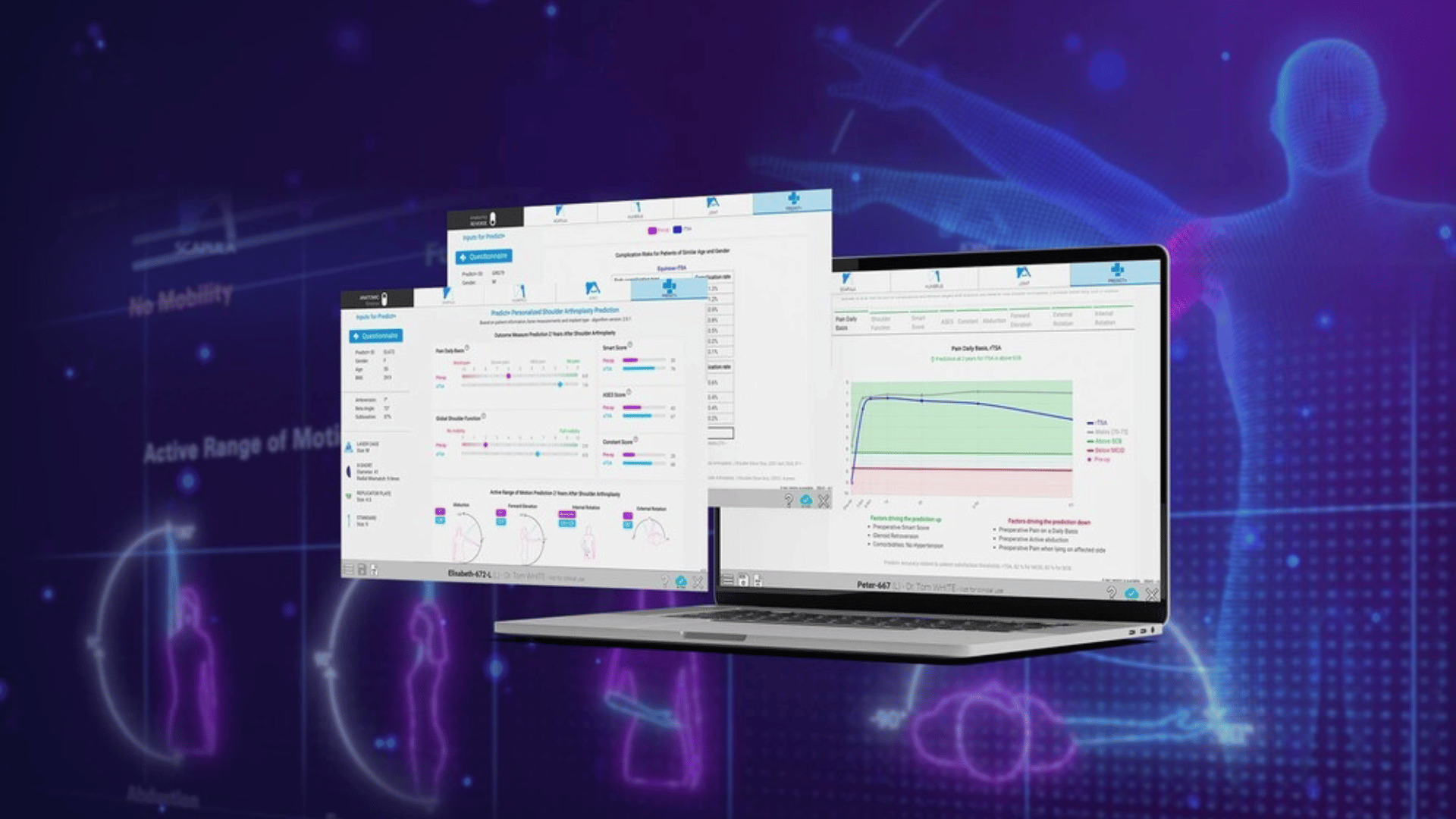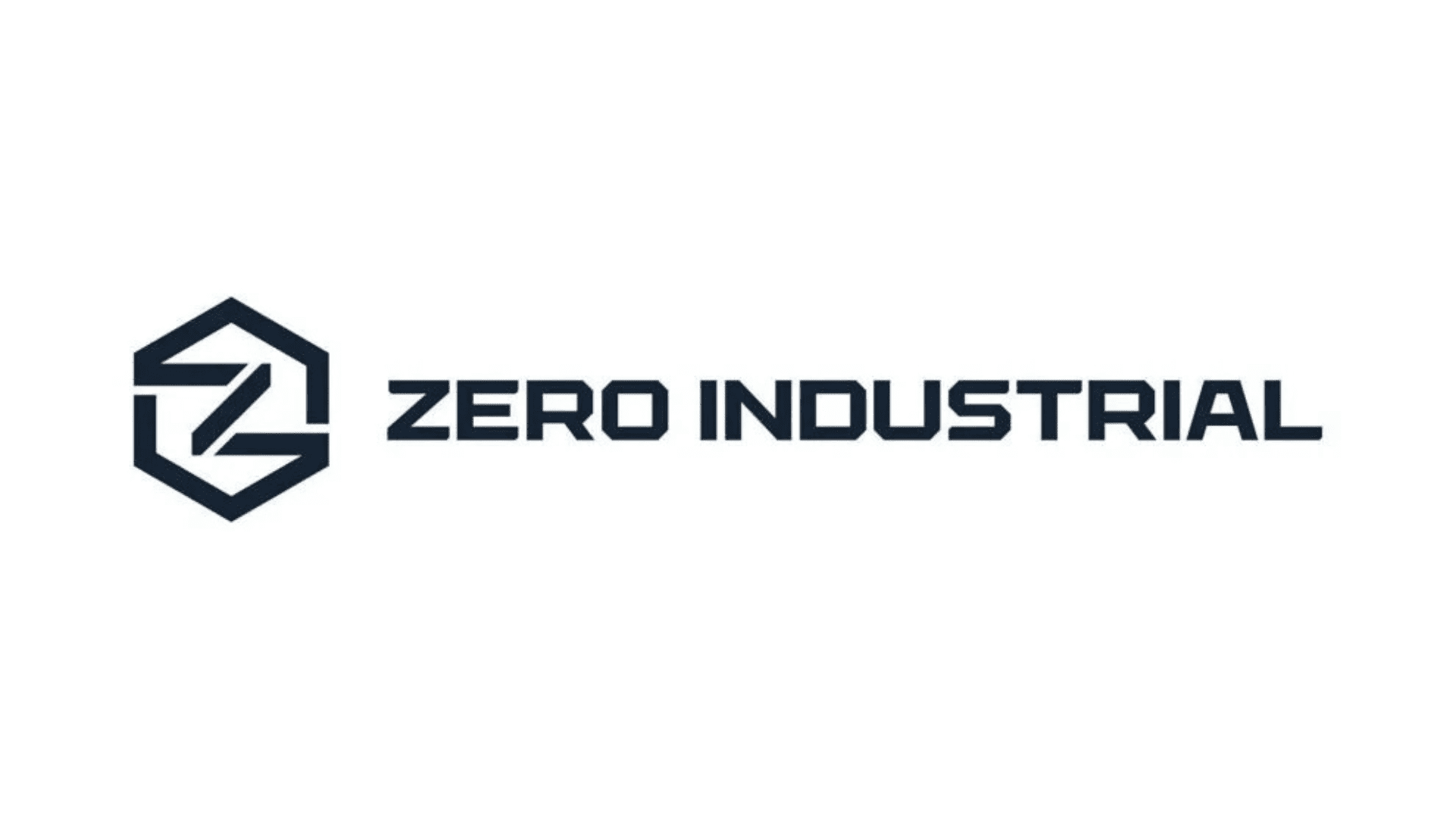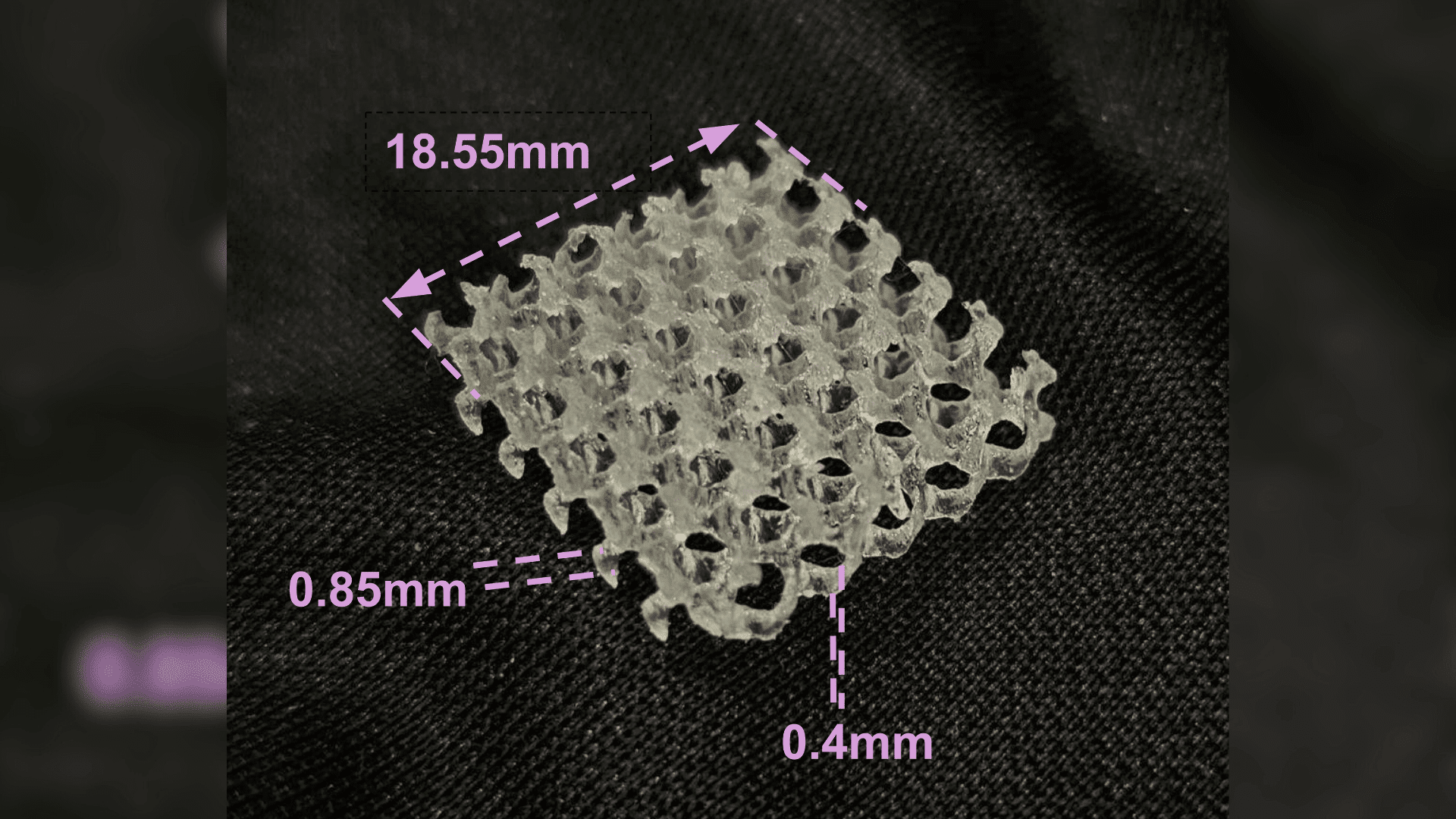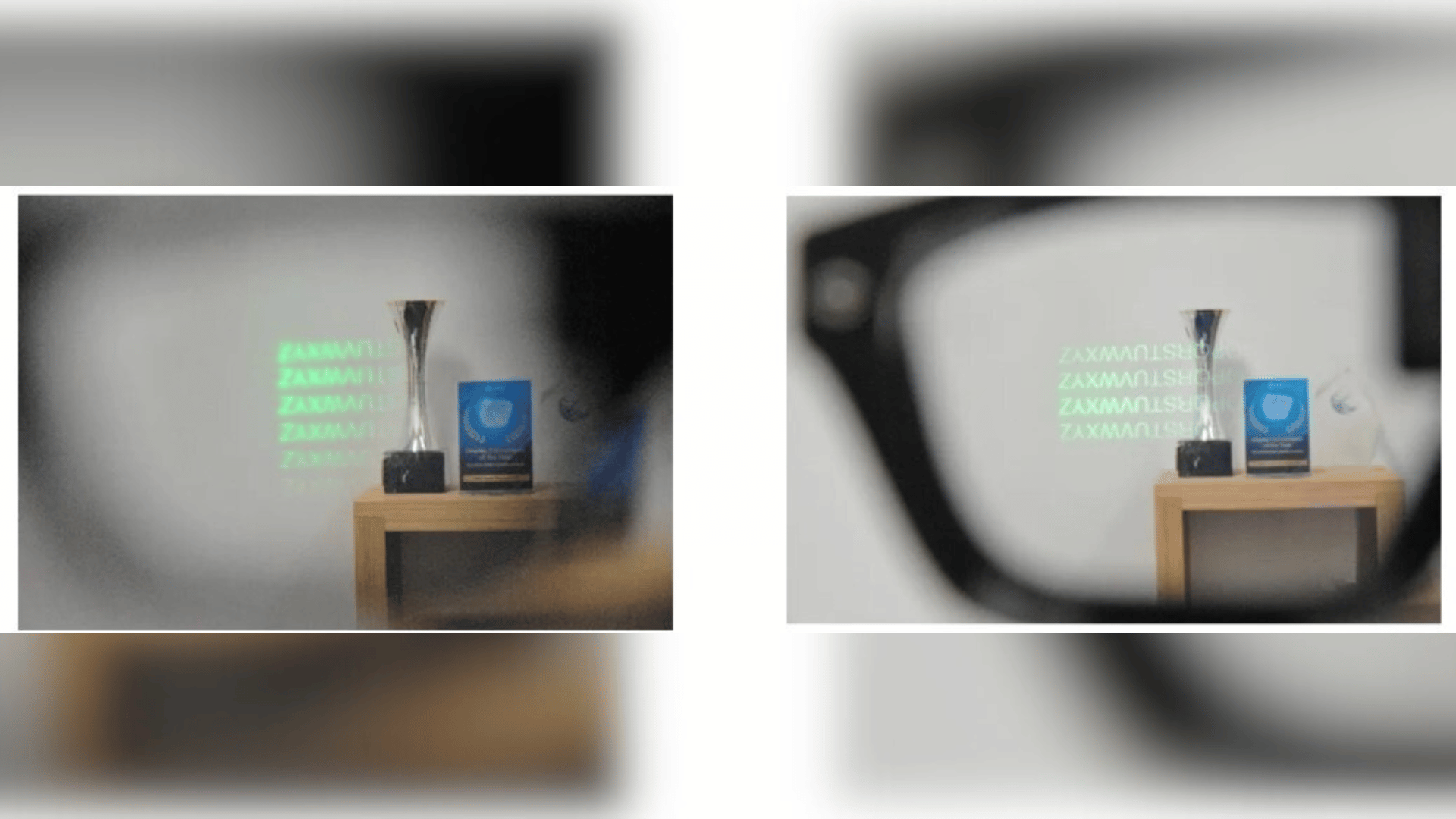Alaska Airlines has announced a strategic investment in Loft Dynamics, a company specializing in virtual reality (VR) flight simulation, to develop the first hyper-realistic, full-motion Boeing 737 VR simulator. The investment, made through Alaska Star Ventures, aims to enhance pilot training using extended reality (XR) technology. Once developed and approved, the simulators will be deployed at Alaska’s pilot bases, potentially transforming commercial pilot training by offering a compact, immersive, and efficient solution. The initiative reflects Alaska’s history of aviation innovation and addresses industry needs like safety and the global pilot shortage.
Alaska Airlines announces investment in Loft Dynamics and partnership to develop and deploy first Boeing 737 VR simulators
SEATTLE and ZURICH, April 4, 2025 /PRNewswire/ — Ushering in the next era of pilot training, Alaska Airlines has announced an investment in Loft Dynamics — an industry leader in virtual flight training and the developer of the only FAA- and EASA-qualified virtual reality (VR) helicopter flight simulator. The investment made through Alaska Star Ventures, Alaska’s corporate venture capital arm, will support development of the first hyper-realistic, full-motion Boeing 737 VR simulator, using extended reality (XR) technology and techniques, with the goal of enhancing Alaska’s pilot training program and informing future training solutions across the industry.
“Alaska has a long history of pioneering aviation advancements, from launching the first online ticket sales to becoming the first airline to design and implement satellite-based approaches. Now, by investing in the development of full-motion VR simulators, Alaska is once again moving the industry forward,” said Fabi Riesen, founder and CEO at Loft Dynamics. “With aviation safety as a top priority and a global pilot shortage still looming, this partnership paves the way for airlines worldwide to train the next generation of exceptional pilots more efficiently and effectively than ever before.”
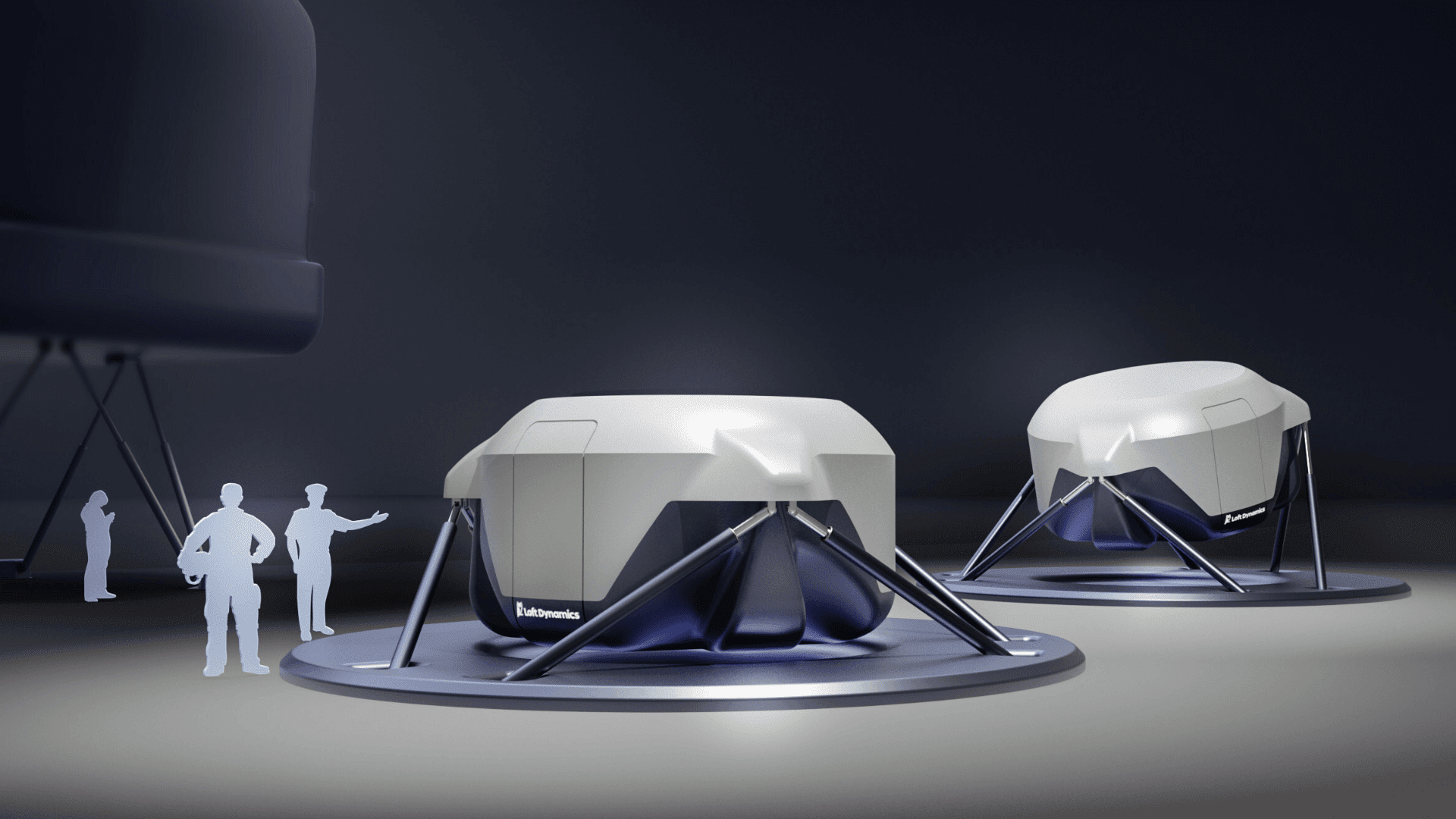
Traditional full-motion simulators have long been the gold standard for airline training, providing an essential and proven method for pilot instruction. However, their substantial footprint, high cost, and operational constraints limit scalability and accessibility. As airlines, operators, and regulators seek more flexible solutions, VR is emerging as a powerful and influential solution.
“Pilot training has significantly evolved over the past 30 years, from training solely in an aircraft to using full-flight simulators. With the potential of Loft’s hyper-realistic VR simulator, we could be transforming commercial pilot training as we know it today,” said Capt. Jeff Severns, managing director of flight operations training at Alaska Airlines. “These VR simulators could provide a fully immersive, high-fidelity, data-driven experience that replicates real-world flight scenarios — all in a device compact enough to fit in a standard office. This accessibility could allow pilots to train more frequently and refine their skills with greater efficiency. We are committed to offering the most advanced training solutions available, including VR, and look forward to being Loft’s first fixed-wing customer.”
Alaska is supporting Loft in the development of a Boeing 737 full-motion VR flight simulator with the financial investment and the expertise of its flight operations training department. As part of this partnership — and once the VR simulators are developed, built and approved — Alaska and Loft aim to install them at individual Alaska bases for pilot training. These state-of-the-art simulators will feature:
— Six-degrees-of-freedom full-motion platform with improved pilot motion cueing that replicates real-world physics, force feedback from flight controls and all haptic sensations of the aircraft.
— A 360-degree panoramic 3D view, providing correct visual cues inside and outside the aircraft.
— Advanced full-body pose tracking, allowing pilots to see their hand and body movements in real-time within the VR environment.
— Customizable training scenarios and environments, enabling pilots to practice any situation, condition, and maneuver safely and realistically.
— Compact size, requiring 1/12th the space of legacy full-flight simulators, allowing for increased accessibility and flexibility.
— Virtual demonstration mode, which lets instructors record immersive lessons — including visuals, audio and control inputs — for pilots to replay and learn from during future simulator sessions.
— LoftSPATIAL app for Apple Vision Pro, which, when connected to the simulator, enables pilots to use spatial computing to train anytime, anywhere.
“Our investment in Loft Dynamics underscores our conviction in this technology, which enables hyper-realistic training of complex scenarios more effectively and more relevantly,” said Pasha Saleh, director of corporate development at Alaska Airlines. “Over time, this technology would enable us to bring critical training closer to the pilot base, reducing unnecessary travel and time while delivering industry-leading pilot training. It represents a paradigm shift and has the potential to dramatically enhance the quality of commercial pilot training.”
The eventual Boeing 737 VR simulator will be submitted to the Federal Aviation Administration (FAA) for approval — likely in the next few years. In the interim, Alaska and Loft plan to explore training enhancement opportunities for pilots that would function as a supplement to existing FAA-required training.
SOURCE ALASKA AIRLINES
This press release is provided for informational purposes only. TomorrowsWorldToday.com is not responsible for the content, terms, or administration of Alaska Airlines’ and Loft Dynamics’ promotions. Please refer to LoftDynamics.com and alaskaair.com for the most accurate and up-to-date information. Tomorrow’s World Today may receive an affiliate commission if you purchase an independently reviewed product or service through a link on our website.



